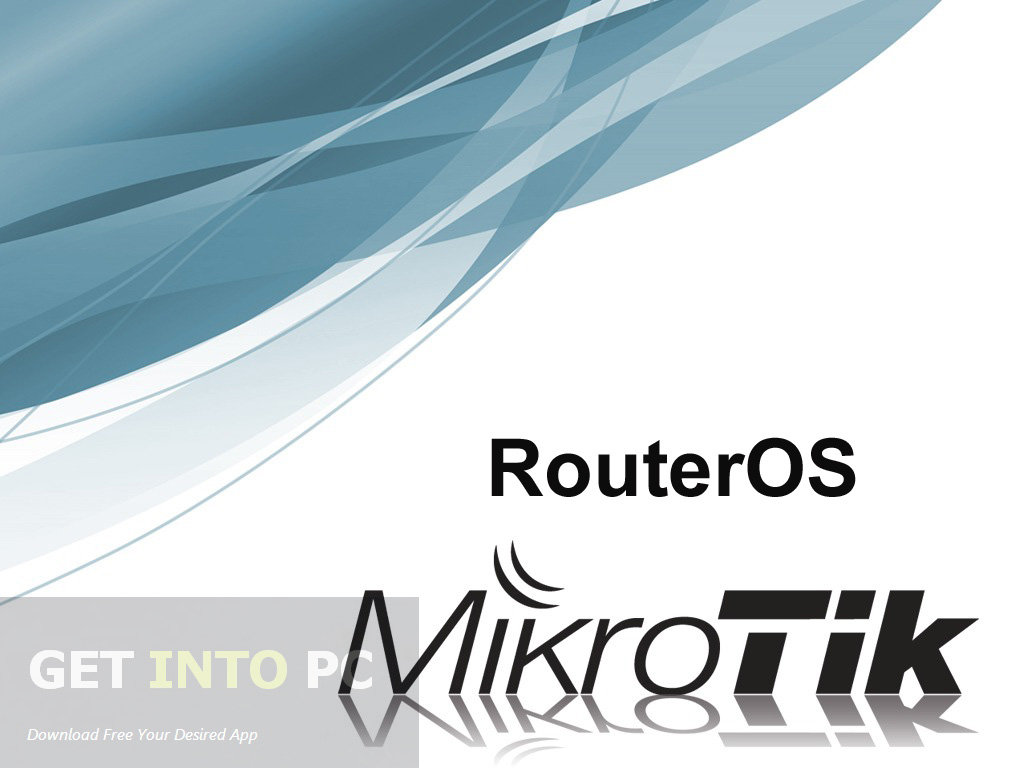

SSL API connection (opens new window) is not yet supported by this binding. Take note of the API port number as you'll need it below. Make sure your RouterOS has the API enabled by visiting IP -> Services (opens new window) To use this binding you need at least one RouterOS-powered device (Bridge) accessible to the host running

routeros - An instance of the RouterOS device connection.The example below makes sense for my purposes and may be helpful to examine:Īdd action=accept chain=input comment=”Accept new input on tcp/8291 from computer running winbox” connection-state=new dst-port=8291 protocol=tcp src-address=10.27.0.198Īdd action=accept chain=input comment=”Accept new input from gateway” connection-state=new src-address=10.14.52.This binding integrates Mikrotik (opens new window) RouterOS (opens new window) devices (opens new window) allowing monitoring of system resources, network interfaces and WiFi clients. depending on what you're planning on doing. You may also find it's a good time to apply some basic firewall rules. You can also connect using winbox available here and discover it on the Neighbors tabīonus step: add the winbox icon so you can set it in the VM manager!Ĭurl -o /usr/local/emhttp/plugins/dynamix.vm.manager/templates/images/winbox.png dfh.name/images/winbox-mikrotik-icon.png 1 You can check what IP address it was given with the following mikrotik command: 1 Login as admin (no password) and configure your new router.

Start the VM and connect with the built-in VNC viewer. This is required in order for routeros to see the interface and be able to interact with it

looks something like this:Ĭhange the model type from virtio to vmxnet3 Switch to XML view and locate the network card. If you forgot to uncheck it just Stop the VMĮdit the VM (click the logo of your VM for edit dropdown button to appear) Uncheck “Start VM after creation” and click Create. Set Network to the Bridge you want to use and/or pass in any PCI devices Set Disk to Manual with Format qcow2 and Path to the qcow2 file and bus SATA Switch to Form View if you are in XML view. Qemu-img convert -f vmdk -O qcow2 chr-6.48.1.vmdk /mnt/cache/domains/routeros/chr-6.48.1.qcow2


 0 kommentar(er)
0 kommentar(er)
